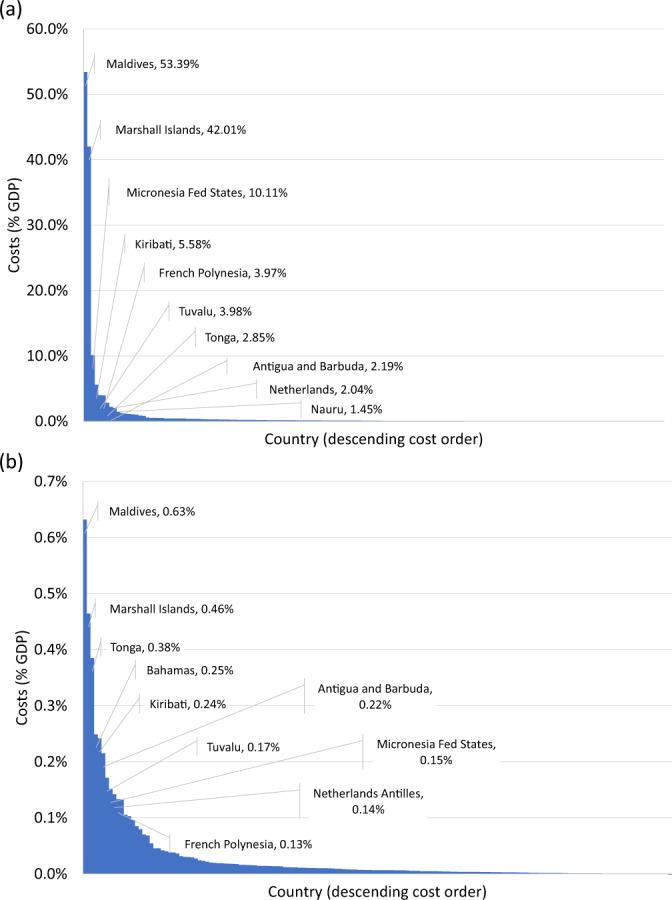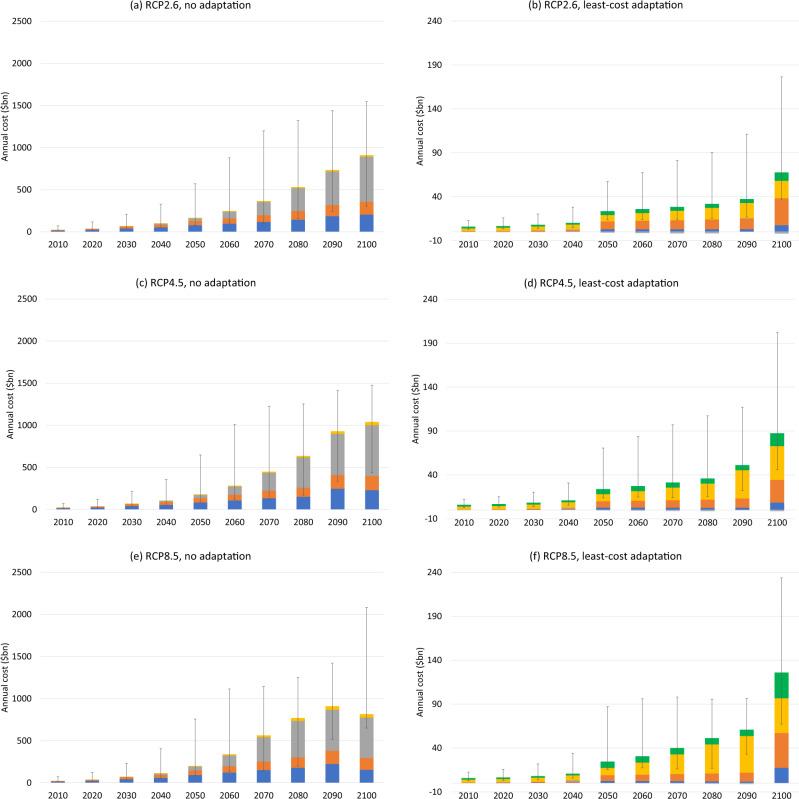Introduction
Global climate change includes various aspects affecting the planet from environmental and economic perspectives. A rapid glacial melt belongs to the list of challenges humanity faces today. One should not underestimate the importance of glaciers for Earth and the negative consequences of accelerating thaw. Glacial ice plays a vital role in the global ecosystem by storing vast amounts of fresh water and delivering nutrients into bodies of water.
Therefore, glacier melting poses a direct environmental threat to communities, especially coastal regions. However, the impact of global glacial melt is not limited to the environment. Glacial melt will cause significant economic losses if no adaptive measures are taken. This lesson explains the importance of glaciers, explores the mechanism of rapid melting, and describes the environmental and economic consequences that will become a reality if humanity fails to deploy countermeasures.
Importance of Glaciers to the Planet
One should not take glaciers merely for large chunks of ice floating in the ocean. Technically, this viewpoint is not entirely wrong since glaciers consist of massive amounts of frozen water. However, a closer look reveals glaciers’ value, making their condition critically crucial for the whole planet. Glacial ice is a protective cover that reflects excess heat into space and keeps the planet cooler (Hancock, n.d.).
The natural melt from glaciers preserves the global ecosystem throughout the dry seasons. Glacial meltwater creates comfortable living conditions for aquatic species by cooling the water to habitable levels. In particular, the optimal temperature is necessary for aquatic insects’ survival, the food chain’s fundamental components (United States Geological Survey [USGS], n.d.a). In that regard, the condition of the world’s glaciers directly affects the ecosystem by providing aquatic species with a comfortable habitat.
In addition, glaciers are vitally crucial for humanity in terms of water supply. According to USGS (n.d.b), glaciers store approximately 2.1% of Earth’s water. This amount may not look significant compared to 97.2% in the oceans and seas (USGS, n.d.b). However, one should note that oceans and seas contain salt water, whereas glaciers provide humans and wildlife with drinking water.
Glacial ice should be considered a precious natural resource since it stores approximately three-quarters of fresh water on Earth (USGS, n.d.b). In addition, meltwater from glaciers can be used for irrigation and hydroelectric power generation purposes (National Snow and Ice Data Center [NSIDC], n.d.). Given these facts, one can claim that glaciers have a high environmental and socioeconomic value.
The Root Cause of Glacial Melt
The rapid melting of Earth’s glaciers has a single root cause — human activities. Technological progress and industrial revolutions significantly increased carbon dioxide and other greenhouse gas emissions (Hancock, n.d.). In turn, the air temperature has increased, causing the glaciers to melt substantially faster than natural rates. Moreover, the artificial glacial melt triggered adverse effects on wildlife. Disruption of the natural air conditioning system prompts microscopic bacteria and fungi to release more carbon dioxide into the atmosphere (Fearon, 2022). This negative feedback from nature warms sea water around the glaciers, adding to the damage done by human carbon footprint.
Ultimately, combining the human factor and nature’s reaction creates a devastating impact, greatly accelerating the glacier melting process. For instance, glaciologists studying Alaskan tidewater glaciers found that the warming sea made melting approximately 100 times faster than estimated (Fearon, 2022). In this example, one can see how human activities can launch self-destructive processes in nature if left unchecked.
Environmental Consequences
Given the importance of glacial ice to Earth, one can reliably assume that the environmental consequences of uncontrollable glacier melting are devastating. Firstly, glacial ice melting changes weather patterns, making dangerous weather events more frequent. According to Hancock (n.d.), melting increases sea levels, which in turn elevates storm surges and causes hurricanes and typhoons.
In addition, coastal communities face significant risks of floods directly stemming from rising sea levels. Lastly, fast melting endangers the natural habitats of various animal and aquatic species. Rapid glacial melt can cause the sudden disappearance of rivers by changing a river’s course (Fearon, 2022). In such cases, species dependent on the water environment die or migrate. To put the situation into perspective, the Greenland ice sheet, one of the most enormous sea glaciers in the world, currently disappears at a four-times faster rate than in 2003 and creates 20% of the global sea level increase (Hancock, n.d.). Humanity might experience full-scale negative environmental consequences if this trend continues in the following decades.
Economic Consequences
Environmental scientists have attempted to illustrate the danger of climate change through economic models. In particular, the Representative Concentration Pathways (RCP) framework aims to calculate adaptation versus non-adaptation costs in various global warming scenarios (Hausfather, 2019). Dietz and Koninx (2022) applied RCP 2.6 (best-case), RCP 4.5 (moderate case), and RCP 8.5 (worst-case) models to predict the economic consequences of Antarctic Ice Sheet (AIS) melting and estimate the potential benefits of adaptation.
In Appendix A, one can see the potentially disastrous impact of AIS melting on coastal countries. For example, if nothing is done by the middle of the 21st century, the Maldives will lose 53% of their GDP due to the melting of glacial ice. Several other coastal countries would be affected on a significant scale as well. In contrast, in the optimal/least-cost adaptation scenario, Maldives would lose only 0.63% of the GDP (Dietz & Koninx, 2022). In that regard, the measures aimed at slowing the melting of glacial ice would save coastal countries from economic catastrophe.
The situation is similar to that of the global economy. If no measures are taken to slow the AIS melting speed, the world economy will lose approximately $1 trillion yearly (Appendix B). In contrast, the optimal adaptation efforts would cut the annual losses to $60 billion in RCP 2.6 scenario, $90 billion in RCP 4.5, and $130 billion in RCP 8.5, respectively (Dietz & Koninx, 2022). In this example, one can see that the melting of the ice field must be taken seriously.
Conclusion
Rapid glacial melt is a product of human activities combined with nature’s response to aggressive human intervention. From the environmental perspective, the melting process disrupts weather patterns and endangers wildlife by increasing sea levels. Regarding economic consequences, glacial ice melting would put coastal countries at the edge of collapse if no adaptation measures are taken. The annual losses sustained by the global economy may reach the $1 trillion mark. Therefore, the international community must deploy countermeasures to reduce greenhouse gas emissions — the main factor in glacial ice melting. Otherwise, the damage will significantly surpass the funds saved by ignoring the problem.
References
Dietz, S., & Koninx, F. (2022). Economic impacts of melting of the Antarctic Ice Sheet. Nature Communications, 13(1), 5819. Web.
Fearon, R. (2022). Melting glaciers could flood society with problems. Discovery. Web.
Hancock, L. (n.d.). Why are glaciers and sea ice melting? Web.
Hausfather, Z. (2019). Explainer: The high-emissions ‘RCP8.5’ global warming scenario. Carbon Brief. Web.
National Snow and Ice Data Center. (n.d.). Glaciers. Web.
United States Geological Survey. (n.d.a). What are the impacts of glacier loss, other than losing an aesthetic landscape feature? Web.
United States Geological Survey. (n.d.b). How much of the Earth’s water is stored in glaciers? Web.
Appendix A
County-level costs of Antarctic Ice Sheet melting as a percentage of GDP, mid-21st century. (a) — nothing is done, (b) — least-cost adaptation scenario (Dietz & Koninx, 2022).

Appendix B
Global annual adaptation and residual damage costs in 2020 USD (Dietz & Koninx, 2022).
